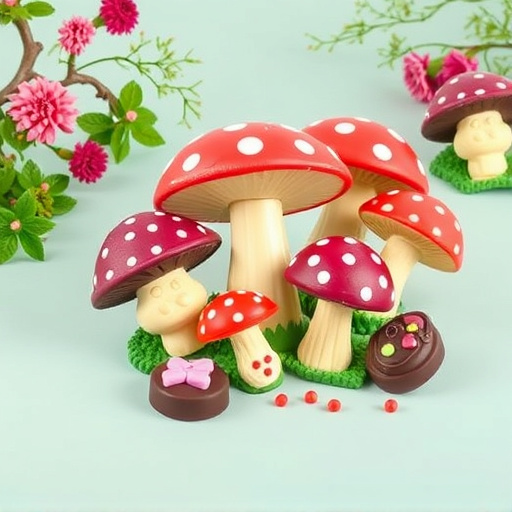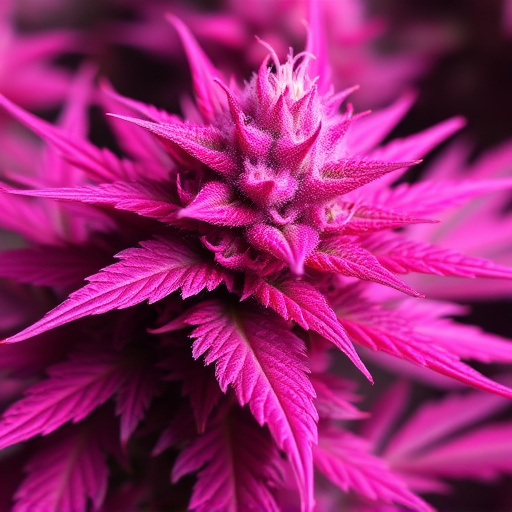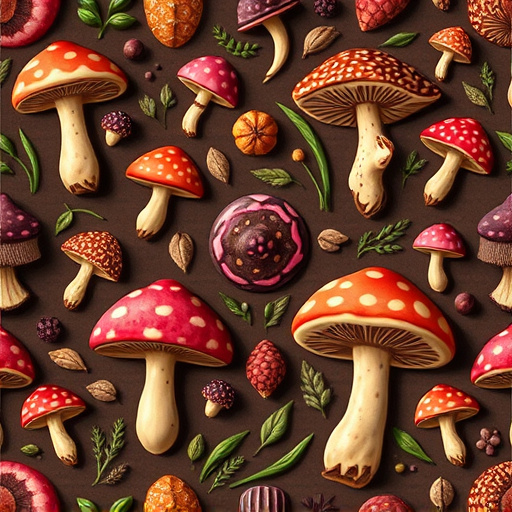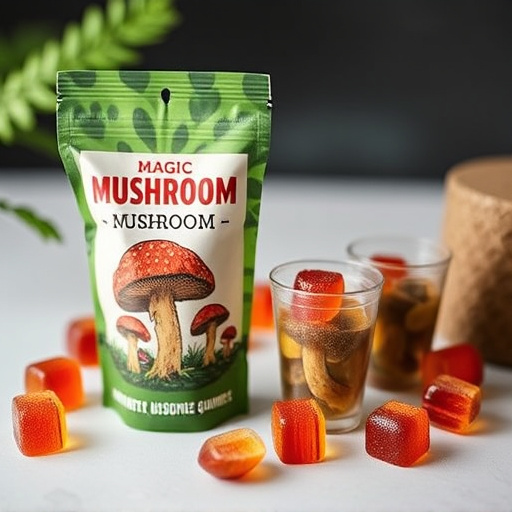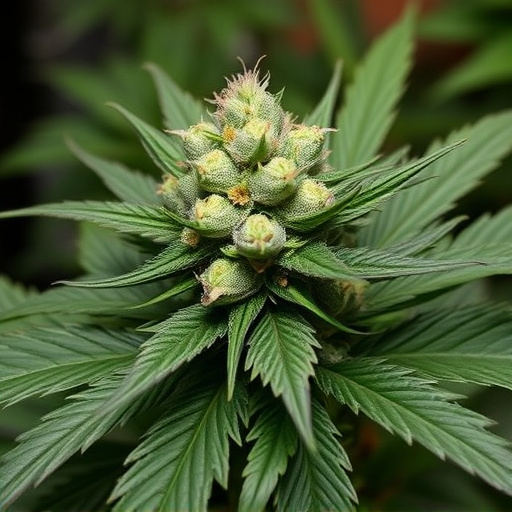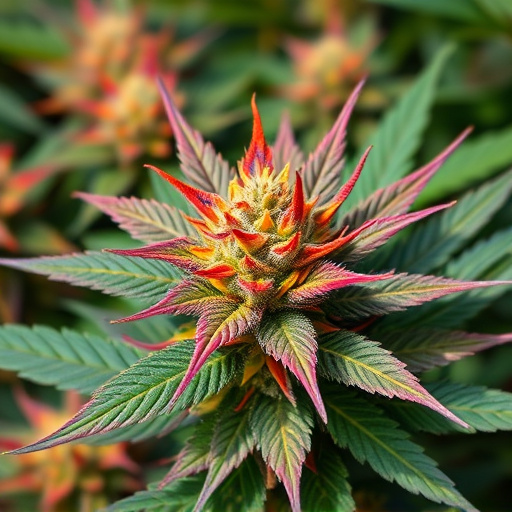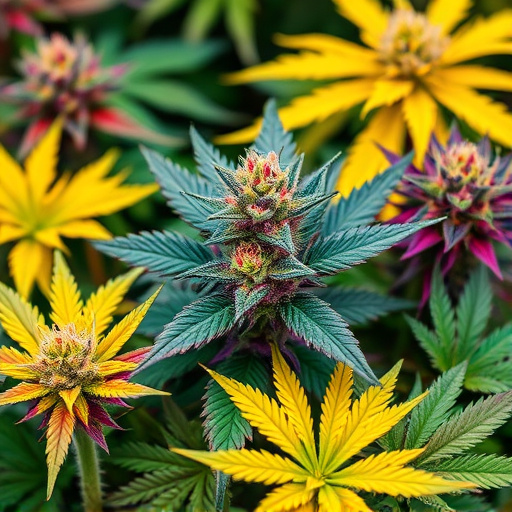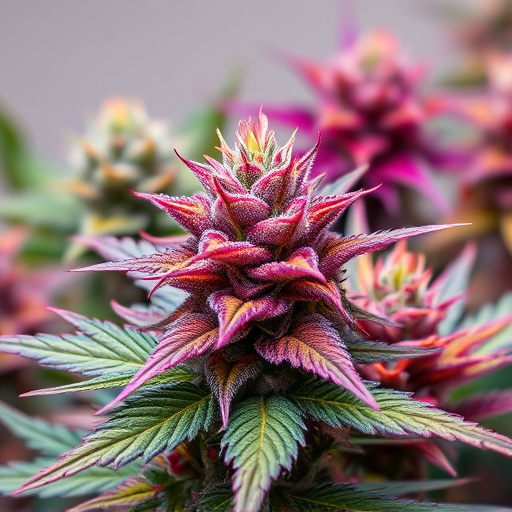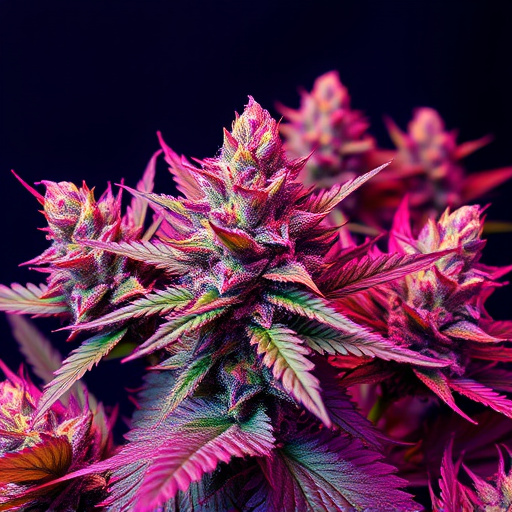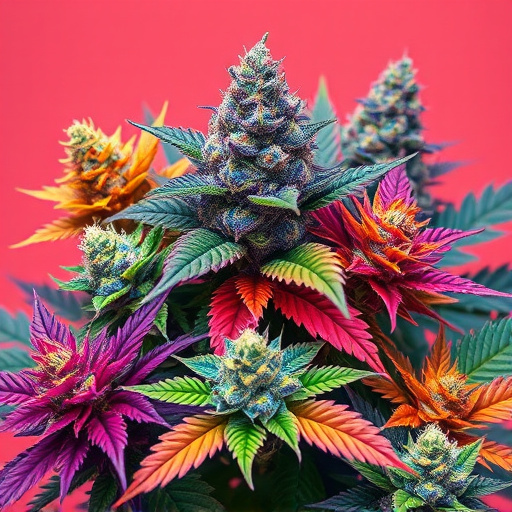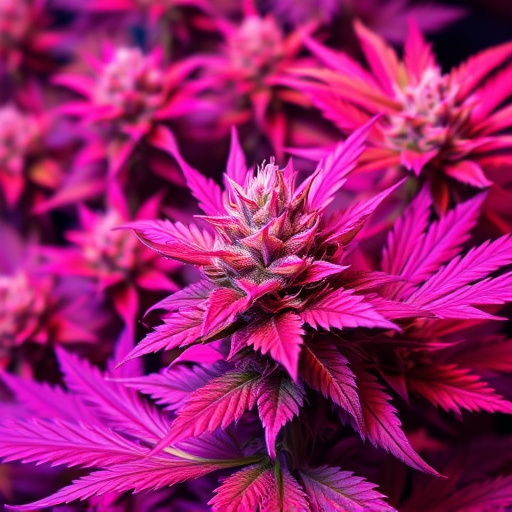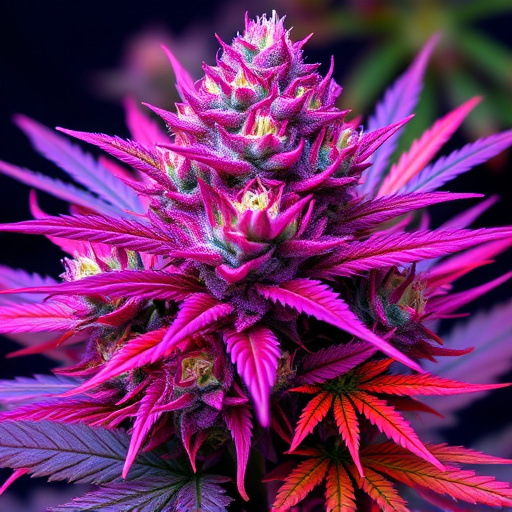Cannabis trichomes, tiny hair-like glands on cannabis flowers, are vital for plant defense and appeal to humans due to their production of terpenes, flavonoids, and cannabinoids (including THC and CBD). These compounds significantly influence the aroma, flavor, and potential therapeutic effects of colorful marijuana strains. High-trichome strains, popular among enthusiasts, feature dense trichomes that enhance potency and sensory experience.
“Unraveling the mysteries of cannabis trichomes—the tiny yet powerful structures that transform ordinary plants into vibrant, sought-after Marijuana strains. This comprehensive guide delves into the multifaceted world of trichomes, exploring their role as the cannabis plant’s guardians and contributors to its diverse characteristics. From the different types and functions to their visual identification across various colorful marijuana strains, this article promises a fascinating journey through the science and cultivation of these microscopic marvels, culminating in an understanding of their extraction for premium cannabis products.”
The Role of Trichomes in Cannabis Plants
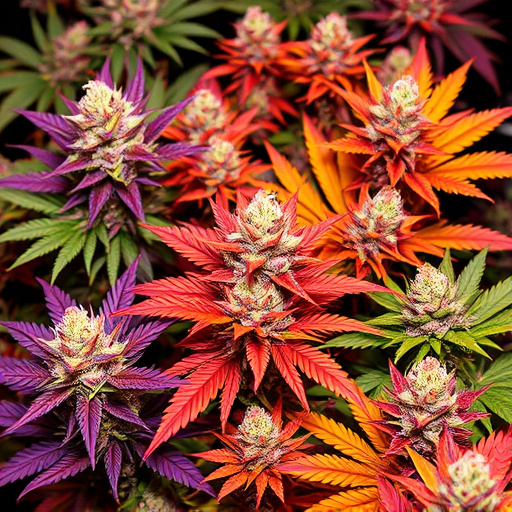
Cannabis trichomes are tiny, glandular hairs that play a vital role in the plant’s survival and its appeal to humans. These microscopic structures, found on the surface of cannabis flowers and leaves, are responsible for producing and concentrating many of the compounds that give marijuana its unique properties. Among these compounds, terpenes and cannabinoids stand out, as they contribute significantly to the plant’s aroma, flavor, and potential therapeutic effects.
Trichomes not only help the plant repel pests and protect itself from environmental stressors but also act as a defense mechanism against overeager consumers. They produce resins that contain the valuable compounds, ensuring only those with patience and knowledge can unlock their full potential. This natural defense is especially relevant when considering the growing popularity of colorful marijuana strains, where trichome development and resin production are key indicators of quality and potency.
– What are trichomes?
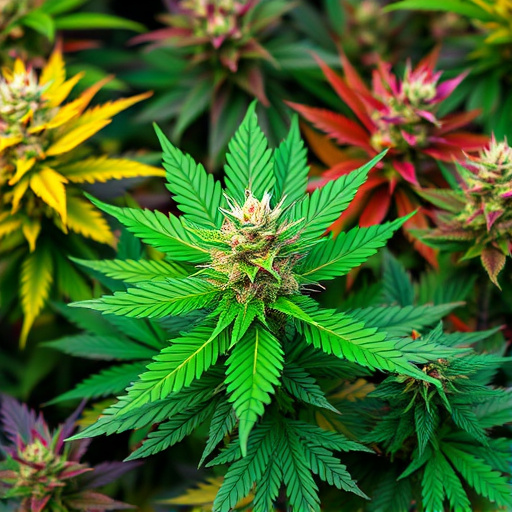
Trichomes, often referred to as ‘hairs’ or ‘glandular hairs’, are tiny, sac-like structures that cover the surface of cannabis plants, including their flowers and leaves. They play a vital role in protecting the plant and are responsible for producing a wide range of compounds that contribute to the unique characteristics of different marijuana strains. These trichomes are not just visually interesting with their sticky, resinous appearance—they house valuable cannabinoids like THC (tetrahydrocannabinol) and CBD (cannabidiol), as well as terpenes, which give colorful marijuana strains their distinct aromas and flavors.
The variety and density of trichomes can vary greatly between different cannabis cultivars, contributing to the diverse profiles of colorful marijuana strains. High-trichome strains are often sought after by enthusiasts due to their potent effects and aromatic properties. These microscopic features play a significant role in shaping the sensory experience and therapeutic benefits associated with cannabis consumption, making them an essential aspect to consider when exploring the complex world of marijuana varieties.
– Types and functions
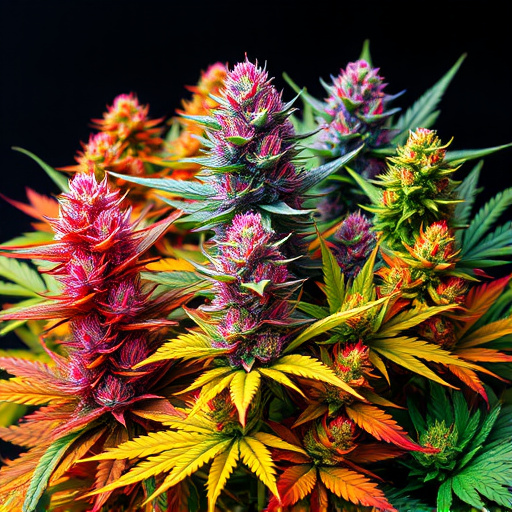
Cannabis trichomes are small, sticky outgrowths on the surface of cannabis plants, ranging in shape from tiny hairs to larger glandular structures. They play a vital role in the plant’s defense and reproduction strategies. Trichomes produce and store various compounds, including terpenes, flavonoids, and most notably, cannabinoids like THC (tetrahydrocannabinol) and CBD (cannabidiol). These compounds contribute to the unique aroma, flavor, and therapeutic effects of different colorful marijuana strains.
The types of trichomes include bulbous, capitate, and non-glandular trichomes. Bulbous trichomes are the most common, appearing as small bulbs at the tip of the plant’s hairs. Capitate trichomes, named for their tiny heads, contain higher concentrations of resins and cannabinoids, making them desirable in cultivating potent colorful marijuana strains. Non-glandular trichomes, while less concentrated, also offer valuable compounds and contribute to the overall profile of the plant.
Cannabis trichomes, with their diverse types and functions, play a vital role in the overall health and characteristics of cannabis plants. Understanding these tiny structures helps us appreciate the complexities behind the creation of vibrant, colorful marijuana strains. Whether it’s their protective roles or their contribution to the plant’s unique chemical profile, trichomes are an integral part of what makes each strain so distinct and appealing.
